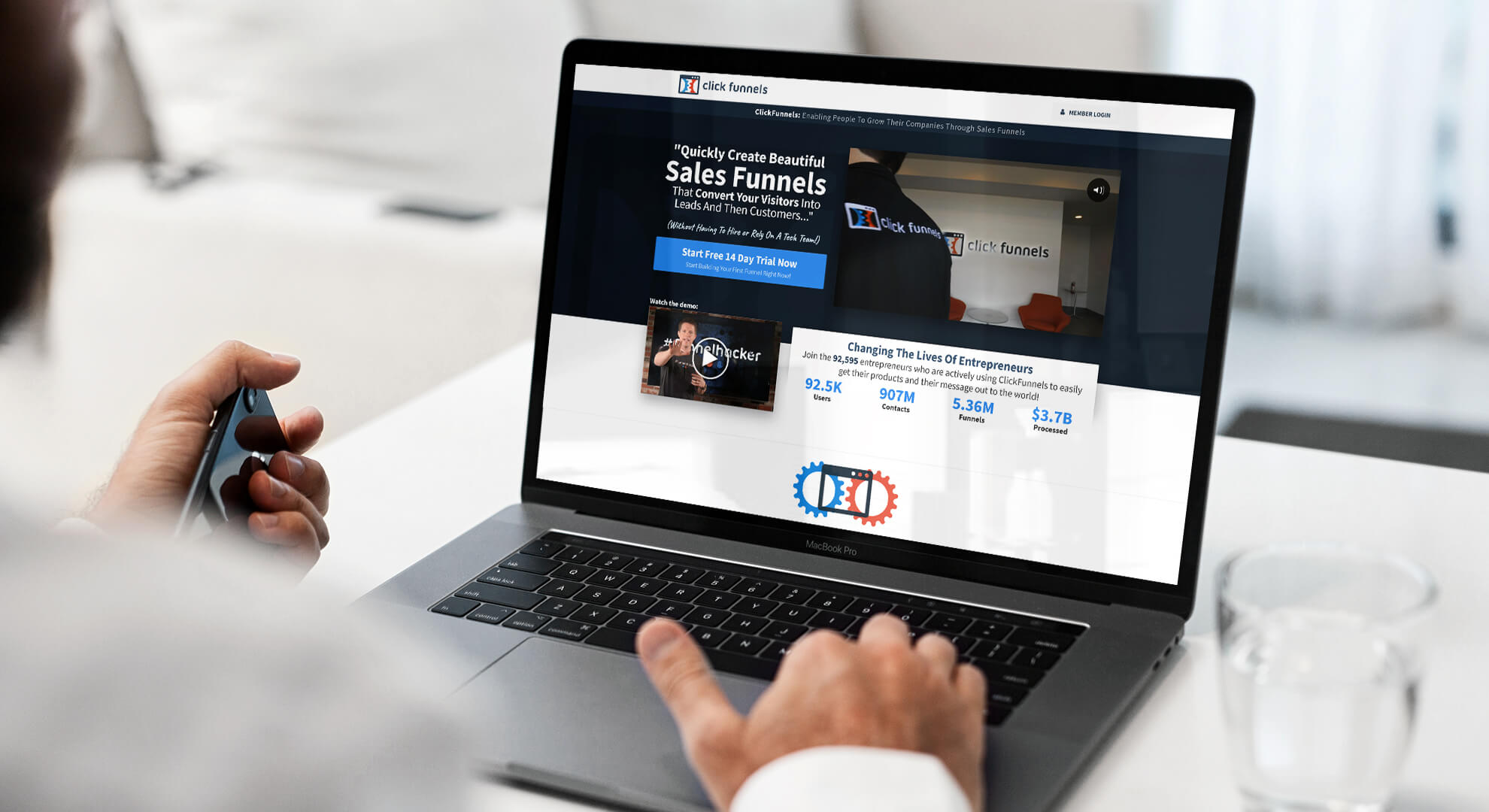
Introduction
Growth hacking uses resource-light and cost-effective digital marketing tactics to help grow and retain an active user base, sell products, and gain exposure under a SaaS marketing agency.
Growth hacking is most commonly associated with startups and small businesses, i.e., those organizations that don’t have a massive amount of cash to spare but need results quickly under a growth hacking agency.
Growth hacking is like marketing; its ultimate aim is customer acquisition or encouraging more people to use a particular product or service under a SaaS marketing agency.
However, because of its origins within the startup community, it relies heavily on tactics that don’t involve spending massive budgets to which larger businesses have access under a growth hacking agency.
Voxturr
Voxturr is focused on helping SaaS businesses generate qualified leads and accelerate growth.
Benefits of growth hacking:
Provable ROI:
Using data to inform every decision you make and tracking the performance of a hack accurately, you can easily see which growth hacking strategies are performing as you’d hoped and which aren’t under a SaaS marketing agency.
Low-cost:
It means using tactics like ensuring landing pages leverage SEO best practices to rank highly in search engines for important keywords under a SaaS marketing agency.
Also, writing impactful content like case studies and sharing broadly on critical social media channels is an excellent tactic under a growth hacking agency. Extensive and iterative A/B testing can also be robust to gather user data quickly.
Although the testing process may be pretty long before hitting that golden nugget, growth hacking doesn’t have the traditional costs associated with it that other methodologies like content marketing or advertising do.
Low-resources:
A single person on the product or engineering team often develops and implements growth hacks. They only require the part of the marketing team to execute under a SaaS marketing agency.
What is the target of growth hacking?
The idea of growth hacking appeared in the period of early startups. These businesses must enlarge their customer base, market share, and income as fast as possible under a SaaS marketing agency.
Meanwhile, startups had meager budgets, so that they couldn’t afford traditional promotion and customer acquisition tactics under a growth hacking agency.
This condition has formed the primary aim of growth hacking in marketing – to acquire the maximum number of customers for minimal costs as quickly as possible.
How does growth hacking work?
Customer interest at the top stages of a funnel needs growth hackers to use offbeat methods. Thus, they constantly come up with novel approaches to generate traffic.
After committing a hypothesis, growth hackers start testing them – this is the only method to determine which tactics drive desirable results under a SaaS marketing agency.
To achieve sustainable development and improve results for future campaigns, growth hackers require to figure out not only WHAT executes well but also WHY it does.
Thus, growth hackers use data to follow customers along their journey down the pipeline and try to understand what causes the current results and how they can enhance conversions at each phase under a growth hacking agency.
They constantly examine the target audience’s expectations and customer satisfaction and provide to change the product to improve results under a SaaS marketing agency.
These loops of creating ideas, running experiments, collecting data, and automating processes are crucial in growth hacking.
Finally, when growth hackers learn what operates best, they automate those procedures.
Importance of growth hacking:
Growth hacking is essential for startups and other businesses on a stable budget. This concept enables brands to increase their audiences and revenue even though they can’t afford costly marketing tactics under a growth hacking agency.
Growth hackers constantly explore low-priced methods to promote a business and, thus, remove a lot of spending under a SaaS marketing agency.
Growth hacking has a positive result on big businesses as well. Using basic growth hacking methods, brands can embrace new audiences, improve ROI, and increase customer loyalty.
The distinction between growth hacking and marketing:
Growth hacking settles at the intersection of marketing, technology, and data science.
Goals:
Traditional marketing focuses primarily on brand awareness and increasing sales. Growth marketing’s be-all and end-all is business growth in general; thus, this approach works with all stages of the sales funnel under a SaaS marketing agency.
Product:
Growth hacking helps companies improve their product to meet customers’ expectations under a growth hacking agency.
Expertise:
Modern marketers must conduct marketing campaigns and measure their results online under a growth hacking agency. However, their expertise still lies mainly in the marketing field.
Growth hacking requires the ability to automate everything and knowledge of data analytics and programming under a SaaS marketing agency.
Budgets:
Growth hacking implies limited resources and tries to make the most of it using offbeat tactics, mechanics, and channels under a SaaS marketing agency.





